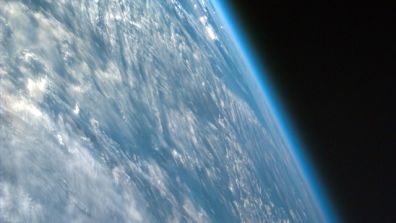All climate scientists agree that the sun affects Earth's climate to some extent. They only disagree about whether or not the effect form the sun is minor compared to man-made causes.
We noted in 2011:
This week, scientists from the US Solar Observatory and the US Air Force Research Laboratory have discovered - to their great surprise - that the sun's activity is declining, and that we might experience the lowest solar output we've seen since 1645-1715. The Register describes it in dramatic tones:NASA reports this week that we may be on the verge of another Maunder Minimum (a period with an unusually low number of sunspots, leading to colder temperatures):What may be the science story of the century is breaking this evening.Scientists who are convinced that global warming is a serious threat to our planet say that such a reduced solar output would simply buy us more time ... delaying the warming trend, but not stopping or reversing it.
On the other hand, scientists who are skeptical about global warming say that the threat is a new mini ice age. (Remember that scientists have been convinced in the past that we would have a new ice age, and even considered pouring soot over the arctic in the 1970s to help melt the ice - in order to prevent another ice age. Obama's top science advisor was one of those warning of a new ice age in the 1970s. And see this.)
Much has been made of the probable connection between the Maunder Minimum, a 70-year deficit of sunspots in the late 17th-early 18th century, and the coldest part of the Little Ice Age, during which Europe and North America were subjected to bitterly cold winters. The mechanism for that regional cooling could have been a drop in the sun's EUV output; this is, however, speculative.NASA explains that interactions between the sun, sources of cosmic radiation and the Earth are very complicated, and it takes an interdisciplinary team of heliophysicists, chemists and others to quantify what is really going on. And the Earth's climate is also affected by cosmic radiation.
The sun could be on the threshold of a mini-Maunder event right now. Ongoing Solar Cycle 24 is the weakest in more than 50 years. Moreover, there is (controversial) evidence of a long-term weakening trend in the magnetic field strength of sunspots. Matt Penn and William Livingston of the National Solar Observatory predict that by the time Solar Cycle 25 arrives, magnetic fields on the sun will be so weak that few if any sunspots will be formed. Independent lines of research involving helioseismology and surface polar fields tend to support their conclusion.
So - even if NASA's prediction of a period of an unusually low amount of sun spots is proven correct - it is hard to know whether that will lead to a large or small reduction in temperature trends.





ditto
[Link]